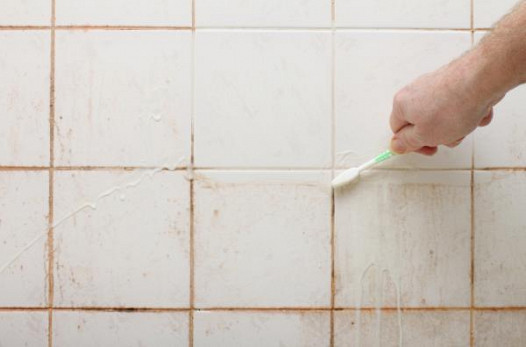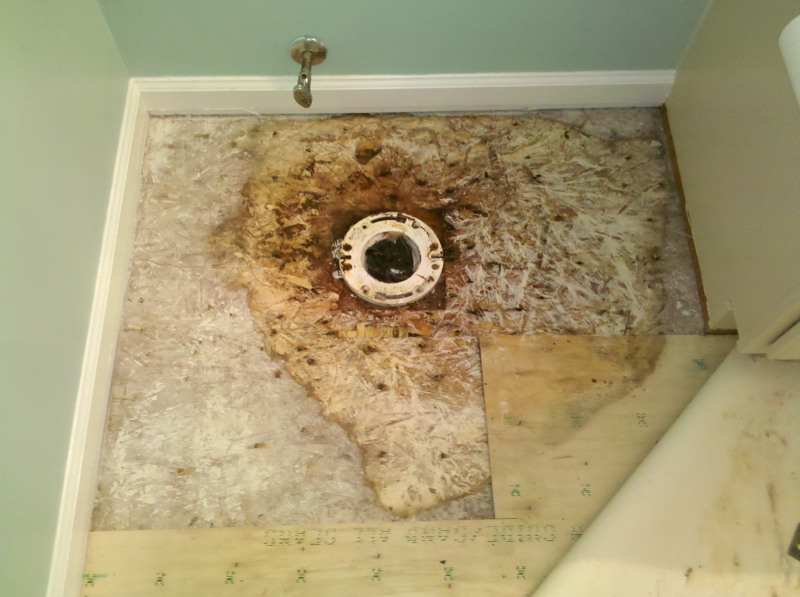Just How to Stop Bathroom Water Damage
Just How to Stop Bathroom Water Damage
Blog Article
Everybody may have their personal conception involving How to Prevent Bathroom Water Damage.

The restroom is very vulnerable for damp buildup and prospective water damages due to the regular use water in it. This short article supplies simple inspection strategies to help discovering water damages hazards.
The regular use water in the bathroom makes it incredibly at risk for damp buildup and prospective water damages. By inspecting it frequently, you can lower water related damages.
The adhering to collection of evaluations is simple to do as well as need to be done as soon as in every 3 months in order to keep your restroom healthy and also to stop potential water damages triggered by the bath tub, the shower, pipeline joints and plumbing, sinks, cabinets, as well as the bathroom
Do not disregard doing these examinations and also be thorough while performing them. Keep in mind that these easy evaluations can save you a great deal of cash by supplying very early signs for water damages
Bath tub and Shower
The shower and bathtub require special interest as well as upkeep. Inspect the floor tiles and also change if split. See to it that there is no missing out on cement in between the floor tiles. Evaluate and also change fractured caulking at joints where the wall surfaces fulfill the flooring or the tub. Blocked drains as well as pipes problems will prevent the bathtub from drying and also might show significant troubles underneath the tub. Speak with an expert instantly to avoid architectural damages. Focus on stainings or soft locations around the tub wall surfaces as they may suggest an interior leak.
Plumbing
Signs for water damage are hard to spot because many pipes are installed inside the walls.
Pay unique focus to floor covering and also wall surfaces wetness as well as stains as they may indicate an invisible plumbing trouble. Inspect wetness levels in adjoining rooms too.
Sinks and also Cabinets
Sinks as well as cupboards are exposed to moisture and moisture everyday and are usually ignored. Examine regularly under the sink as well as on the countertop over it. Repair any drip in the catch as it may recommend drain troubles. Take a look around the sink, slow draining pipelines may show a blocked drainpipe. Change sink seals if they are split or loosened.
The Bathroom
The toilet is a prone water junction. Examine the water lines as well as look for leaks around the toilet seat, in the tube, as well as under the water container. If you identify any indications of moisture on the floor around the commode, look for leaks in the toilet edge and container seals.
Understand that hanging commode bowl antiperspirants increases the opportunities for blockages.
10 TIPS TO PREVENT WATER DAMAGE IN THE BATHROOM
The average household uses approximately 80-100 gallons of water per person per day. For a family of 4, that's almost 2,500 gallons of water a week! The largest portion of this consumption comes from bathroom use. Flushing the toilet uses the most water, followed by taking a shower or bath. With that much water running through the home, water damage in the bathroom is bound to happen. Knowing how to spot signs of a water leak is essential to preventing long-term damage. This guide provides you with tips to reduce the impact of water damage on your bathroom.
CAUSES OF BATHROOM WATER DAMAGE
Pipe breaks are the most common cause of water damage we see in our daily jobs. The age of a pipe plays a large role in a pipe break as well as corrosion. Over time, the metal begins to break down, allowing water to escape. Frozen pipe breaks are also a concern in the winter months. Toilet overflows caused by paper products or children flushing inappropriate items. Degraded caulking around the toilet or bathtub can allow water seepage, sometimes behind the fixture, into the subfloor or walls. Condensation forms when the water in a pipe is cooler than the air temperature. Beads of water form on the exterior of the pipes, sometimes so much so that the water begins to drip and pool below. Sink or shower backups created by poor drainage. HOW TO PREVENT WATER DAMAGE IN YOUR BATHROOM
Inspect your toilet supply line for worn or frayed hoses and replace them as needed. Winterize your plumbing to prevent a frozen pipe break. Use vent fans to prevent condensation that can lead to mold growth. Routinely check and replace degraded caulking around your toilet or bathtub. Increase the temperature in your toilet tank and insulate your pipes during the warm summer months to keep condensation from forming. Use child safety locks on the toilets. Flush only toilet paper. "Flushable" wet wipes are actually not good for your plumbing system. Additionally, feminine hygiene products should not be flushed. Prevent water from escaping the tub or shower. Make sure shower curtains are in good condition. Inspect shower doors and replace the seal strip if necessary. Wipe up any water that accumulates on the floor and use bath mats. Water left to sit can cause damage to the tiles and flooring. Refrain from using bath products containing heavy oils to avoid a clogged drain.

As an avid reader about How to Repair and Prevent Bathroom Water Damage, I assumed sharing that piece of content was smart. Enjoyed reading our review? Please share it. Let someone else check it out. We thank you for reading our article about How to Prevent Bathroom Water Damage.
View Website Report this page